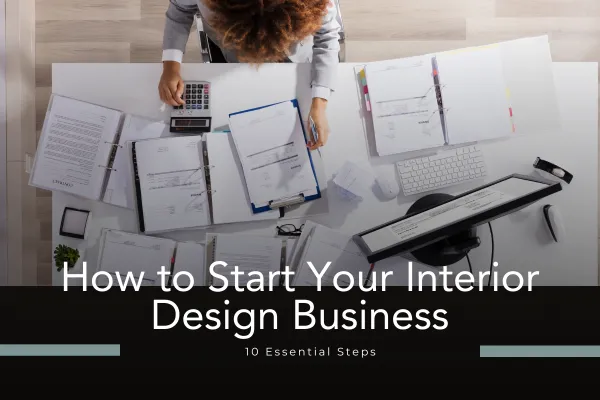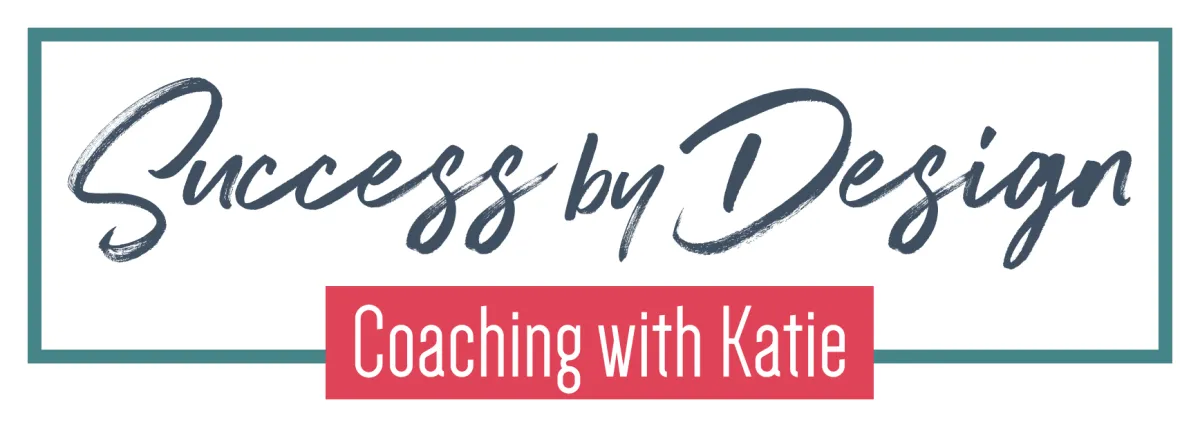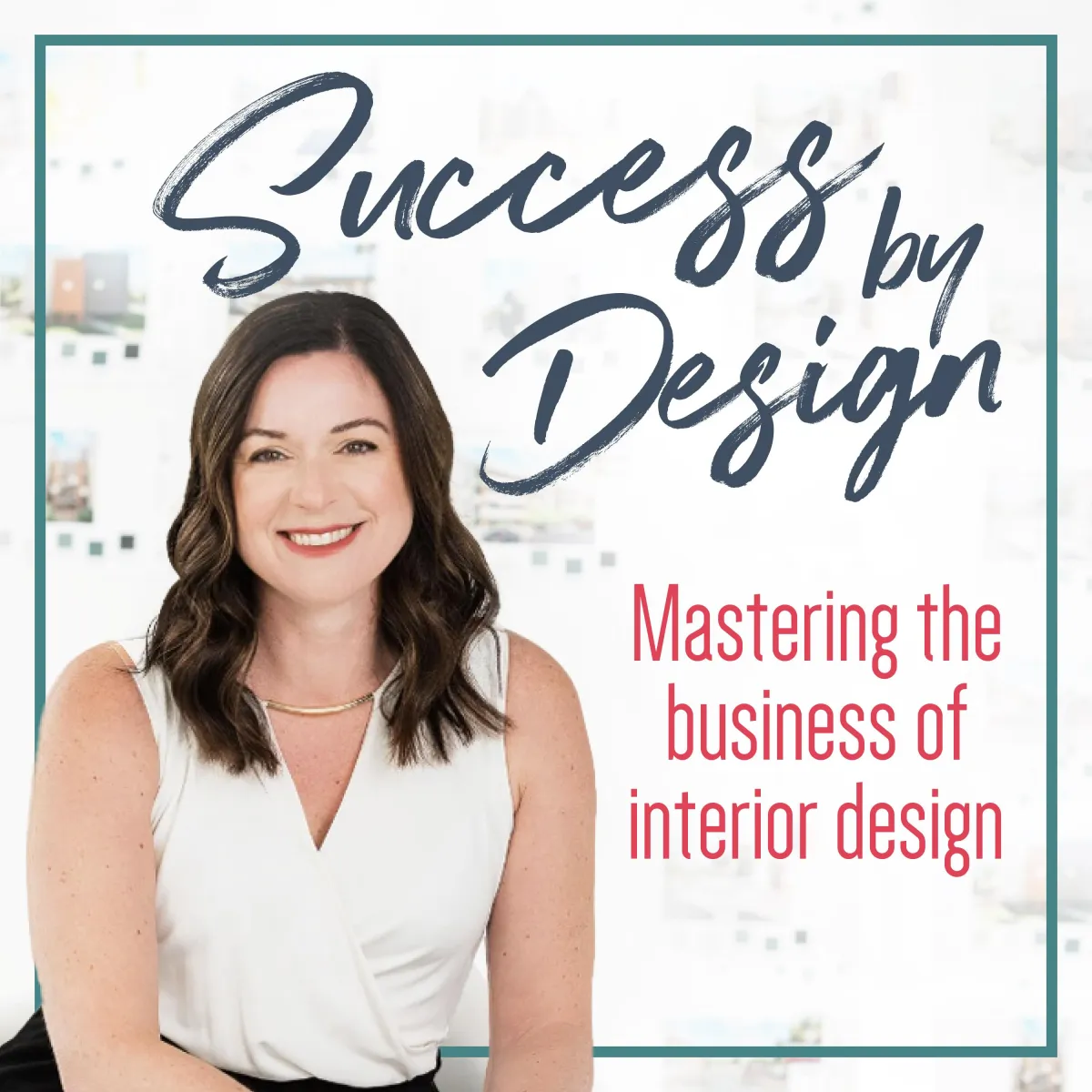Welcome To
Lessons In Color


Meet Your Coach Katie, a dynamic PODCAST host and successful entrepreneur.
Former news anchor turned leader of a multimillion-dollar design firm, Katie's passion lies in uncovering brilliance and sharing design and business secrets. Her insatiable curiosity, honed in the media spotlight, fuels enlightening conversations on her podcast, offering a platform for wisdom-seeking design enthusiasts and aspiring entrepreneurs.
tune in to the podcast
Success by Design
mastering the business of interior design

Schedule your Strategy Session With Katie
All Blogs

How to Start Your Interior Design Business: 10 Essential Steps
How to Start Your Interior Design Business:
10 Essential Steps
Starting your own interior design business can be one of the most exciting, intimidating and rewarding ventures of your career. If you have a passion for transforming spaces and a keen eye for aesthetics, there's no better time to turn your talent into a thriving business. However, launching an interior design business requires more than just creativity. It involves strategic planning, understanding the market, and navigating the logistical aspects of running a business. This comprehensive guide will walk you through the ten essential steps to ensure your interior design business gets off to a successful start.
1. Choose a Name
Choose a Name
The first step is to come up with a unique and memorable name for your business. Consider something that reflects your style, personality, and the services you offer. Make sure the name is easy to pronounce and remember, and check that it’s not already in use or trademarked.
The Power of a Resonating Name

Your business name is often the first impression potential clients will have of your brand. It's crucial to choose a name that will resonate with your ideal client. Think about the clients you want to attract and what will appeal to them. For instance:
Luxury Clients: Opt for a sophisticated and elegant name that conveys high-end services.
Modern and Trendy Clients: Choose a name that's chic, stylish, and contemporary.
Family-Oriented Clients: Consider a name that's warm, welcoming, and approachable.
A name that speaks to your target audience will help establish an immediate connection and set the tone for your brand identity.
2. Decide on Your Structure
Choose Your Business Structure
Your business structure will affect your taxes, liability, and other legal matters. Common structures include:
Sole Proprietorship: Simple to set up and operate, but you’re personally liable for business debts. Best for solo entrepreneurs starting small.
Partnership: Shared ownership and responsibilities, ideal if you’re starting with a partner. It’s crucial to have a clear partnership agreement to avoid disputes.
Limited Liability Company (LLC): Offers liability protection without the complexity of a corporation. This is a popular choice for small to medium-sized businesses.
Corporation: More complex, with significant legal and tax implications, but provides the strongest protection against personal liability. Suitable for larger businesses with substantial revenue.
Legal and Financial Considerations
Each structure has its own legal and tax implications. Consult with a business attorney or accountant to determine the best structure for your situation. Consider future growth, how many people will be involved, and your tolerance for risk.

3. Decide on Funding
Assess Your Financial Needs
Consider how you’ll finance your business. Starting an interior design business can be capital intensive. You’ll need funds for:
Office space and supplies
Marketing and advertising
Design software and tools
Inventory (if you plan to sell furniture or decor items)
Funding Options
Here are some options to consider:
Personal Savings: Using your own money to fund your business can be the simplest and most straightforward option.
Loans: Applying for a small business loan from a bank or credit union can provide the necessary funds but requires a good credit score and a solid business plan.
Investors: Seeking investments from friends, family, or venture capitalists can offer substantial funds but may involve giving up some control of your business.
Grants: Look for grants that support small businesses, particularly those in creative fields. These do not need to be repaid but can be competitive to obtain.
4. Write a Business Plan
A business plan is crucial for mapping out the details of your business. It should include:
Executive Summary: A brief overview of your business, including your mission statement and the services you provide.
Business Description: What your business does and what makes it unique. Highlight your vision and the market needs you’re addressing.
Market Analysis: Research on your industry, market, and competitors. Include demographic information, market size, and trends.
Organization and Management: Your business structure and leadership team. Outline roles and responsibilities.
Services Offered: Detailed description of your services. Specify your target market and how your services meet their needs.
Marketing and Sales Strategy: How you’ll attract and retain clients. Include your branding, pricing, and promotional strategies.
Financial Projections: Revenue, profit, and cash flow forecasts. Include detailed financial statements, break-even analysis, and funding requirements.
A comprehensive business plan not only helps you stay on track but is also essential for securing funding from lenders or investors.
5. Check State Requirements for Designers

Understand Licensing and Certification Requirements
Each state has different requirements for interior designers, including certifications, licenses, and continuing education. Check with your state’s licensing board to ensure you meet all necessary qualifications and stay compliant with regulations.
Professional Associations
Consider joining professional associations such as the American Society of Interior Designers (ASID) or the International Interior Design Association (IIDA). These organizations offer resources, networking opportunities, and credibility.
6. Register Your Interior Design Business and Get an EIN
Register Your Business
Register your business with your state to make it official. You’ll need to choose a legal structure and file the necessary paperwork. This process varies by state but typically involves registering your business name and entity type.
Apply for an EIN
An Employer Identification Number (EIN) from the IRS is necessary for tax purposes. You can apply for an EIN online through the IRS website. An EIN is required for hiring employees, opening a business bank account, and filing taxes.
7. Obtain Any Business Licenses and Permits
General Business License
Most states and localities require a general business license to operate legally. Check with your local government for specific requirements.
Home Occupation Permit
If you plan to run your business from home, you may need a home occupation permit. This ensures your home-based business complies with local zoning laws.
Specific Design Certifications
Depending on your state, you may need specific design certifications to practice professionally. Ensure you meet all educational and examination requirements.
8. Open a Bank Account and Get a Credit Card

Business Bank Account
Keep your personal and business finances separate by opening a business bank account. This makes it easier to track expenses, manage cash flow, and prepare for taxes. Choose a bank that offers good terms and understands the needs of small businesses.
Business Credit Card
Get a business credit card to help manage short-term expenses and build your business credit. Look for a card with benefits such as cash back, rewards, and low interest rates.
9. Launch Your Business
Create a Launch Plan
Create a launch plan to introduce your business to the market. This can include:
Website: Develop a professional website showcasing your portfolio, services, and contact information. Ensure your website is user-friendly, mobile-optimized, and SEO-friendly.
Social Media: Set up profiles on platforms like Instagram, Pinterest, and LinkedIn to share your work and connect with potential clients. Regularly post engaging content and interact with your audience.
Networking: Attend industry events, join local business groups, and connect with other professionals in your field. Networking can lead to valuable partnerships and client referrals.
Hosting a Launch Event
Consider hosting a launch event to generate buzz and attract potential clients. This can be a physical event or a virtual one, depending on your target audience and budget.

10. Promote Your Business
Content Marketing
Create valuable content to establish yourself as an expert in interior design. This can include blog posts, videos, tutorials, and design tips. Share your knowledge on your website and social media platforms to attract and engage your audience.
Email Marketing
Build an email list and send newsletters with updates, promotions, and design tips. Email marketing is a powerful tool for staying connected with your audience and nurturing leads.
Advertising
Invest in advertising to increase your visibility. This can include online ads (Google Ads, Facebook Ads), local print ads, and partnerships with other businesses. Target your ads to reach your ideal clients.
Public Relations
Seek out opportunities for media coverage. Write press releases, pitch to local magazines and blogs, and participate in community events. Positive media exposure can enhance your reputation and attract clients.
Referrals and Reviews
Encourage satisfied clients to refer you to others and leave positive reviews online. Word-of-mouth and online reviews are powerful tools for building trust and credibility.
Starting an interior design business requires dedication, creativity, and strategic planning. By following these 10 essential steps, you’ll be well on your way to building a successful and fulfilling career in interior design. Remember, the key to success is not just your talent, but also your ability to run your business efficiently and effectively.

"Design is not just what it looks like and feels like. Design is how it works." – Steve Jobs
This speaks to the fact that interior design is a unique business: It asks owners and directors to balance their own need for artistic expression with both practical logistics and the requests of the client. It's a complicated job, to be sure.
There’s plenty of the usual responsibilities that fall to small business owners in interior design—coordinating marketing efforts, hiring and managing employees, controlling inventory, and monitoring the supply chain. But there’s also the added element of creating the spaces in which people work, live, and play—a powerful form of expression that for many will be worth the challenges.
If you need help implementing one or all of these steps, reach out to me, Katie, today. Let's turn your interior design dreams into a successful reality!
Want more details on this topic? Check out our podcast, Success by Design: Mastering the Business of Interior Design where we deep dive into this & so much more!
Where TO next?
Check Out The Podcast
Whether you’re a budding designer or a savvy entrepreneur, this webcast is your go-to source for inspiration, insights, and a dash of lively conversation. Tune in and let your imagination, business and life take flight!

WATCH NOW:


work with katie 1:1
Learn More About Success by design Coaching

Explore
colorworks.coach- All Rights Reserved - Terms & Conditions - Cookie Policy

